Design Thinking for Social Change 1: Design Lens
Partner
Pacific School of Religion
Learning Pillar
Intentional Creation
Rigor Level
High
We live in a world with products, services, and experiences clamoring for our attention. Every one of them has been created by someone with intention; by design. Design thinking is for skilled human-centered design practice applicable to any artifact. It empowers organizations and ventures to drive positive changes with equitable and beautiful designs. You will start to see the world through a design lens, and explore a theological understanding of creative praxis as integral to spiritual formation. As a popular course at PSR, Design Thinking for Social Change was selected as the first graduate-level course adapted to Kwaray's accessible learning modality as a Learning Path. This is the first course in the Design Thinking for Social Change Learning Path.
Learning Objectives
Upon completion, you will:
- Understand the concept, origin, and theological underpinnings of design thinking.
- Learn key human-centered design principles
- Create a personal self-reflective practice for growth and development of creative-leadership capacities.
Course Components
Syllabus
-
Introduction to Design Thinking for Social Change Learning Path
 Lesson Locked
Lesson Locked -
Instructor Introduction
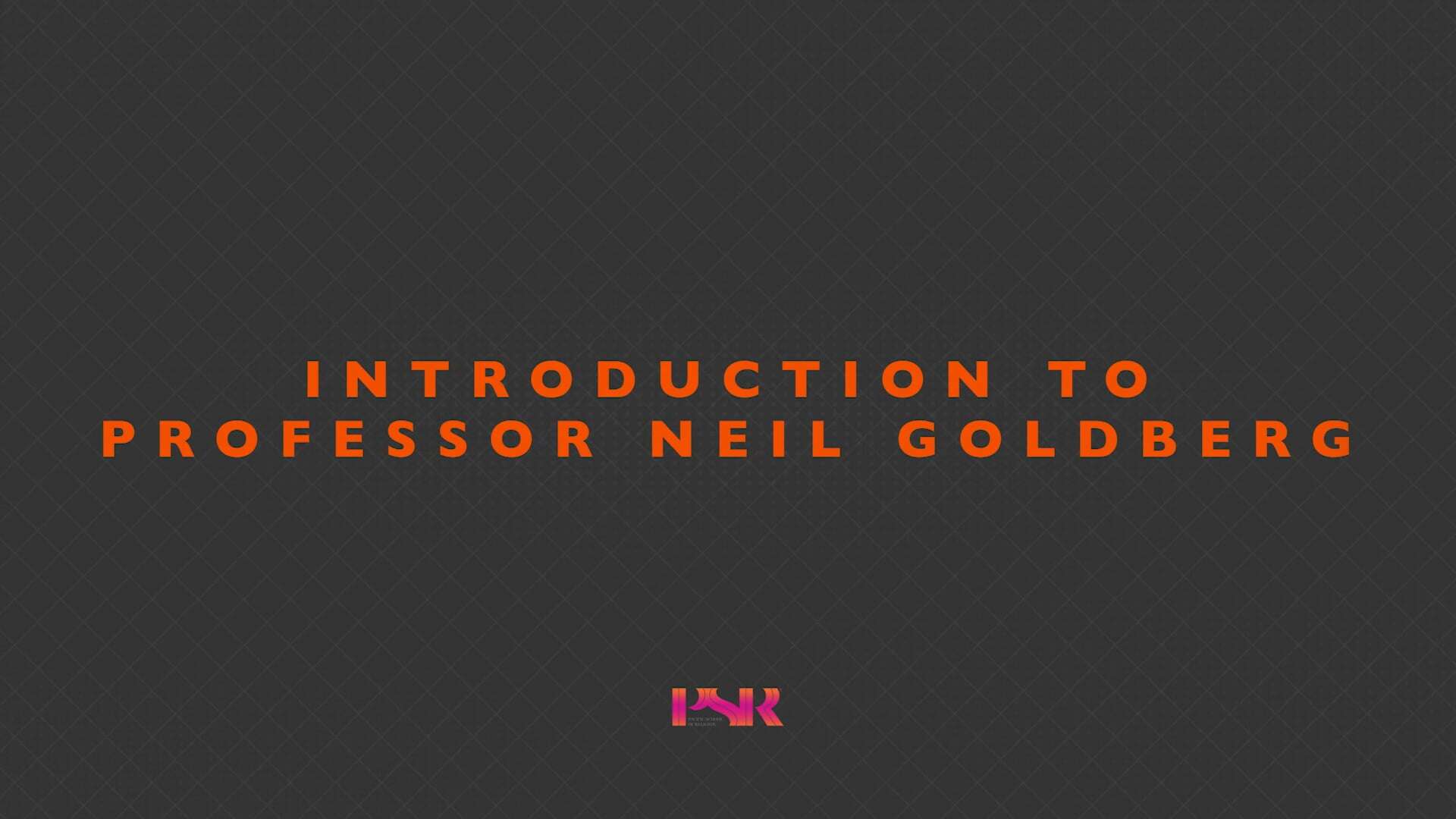 Lesson Locked
Lesson Locked -
Guest Voices
 Lesson Locked
Lesson Locked -
The Course Readings
 Lesson Locked
Lesson Locked -
Assignment and Assessment Requirements
 AssignmentLesson Locked
AssignmentLesson Locked
Objects of Design
-
The Design Lens
 AssignmentLesson Locked
AssignmentLesson Locked
Design Lens
-
Innovation
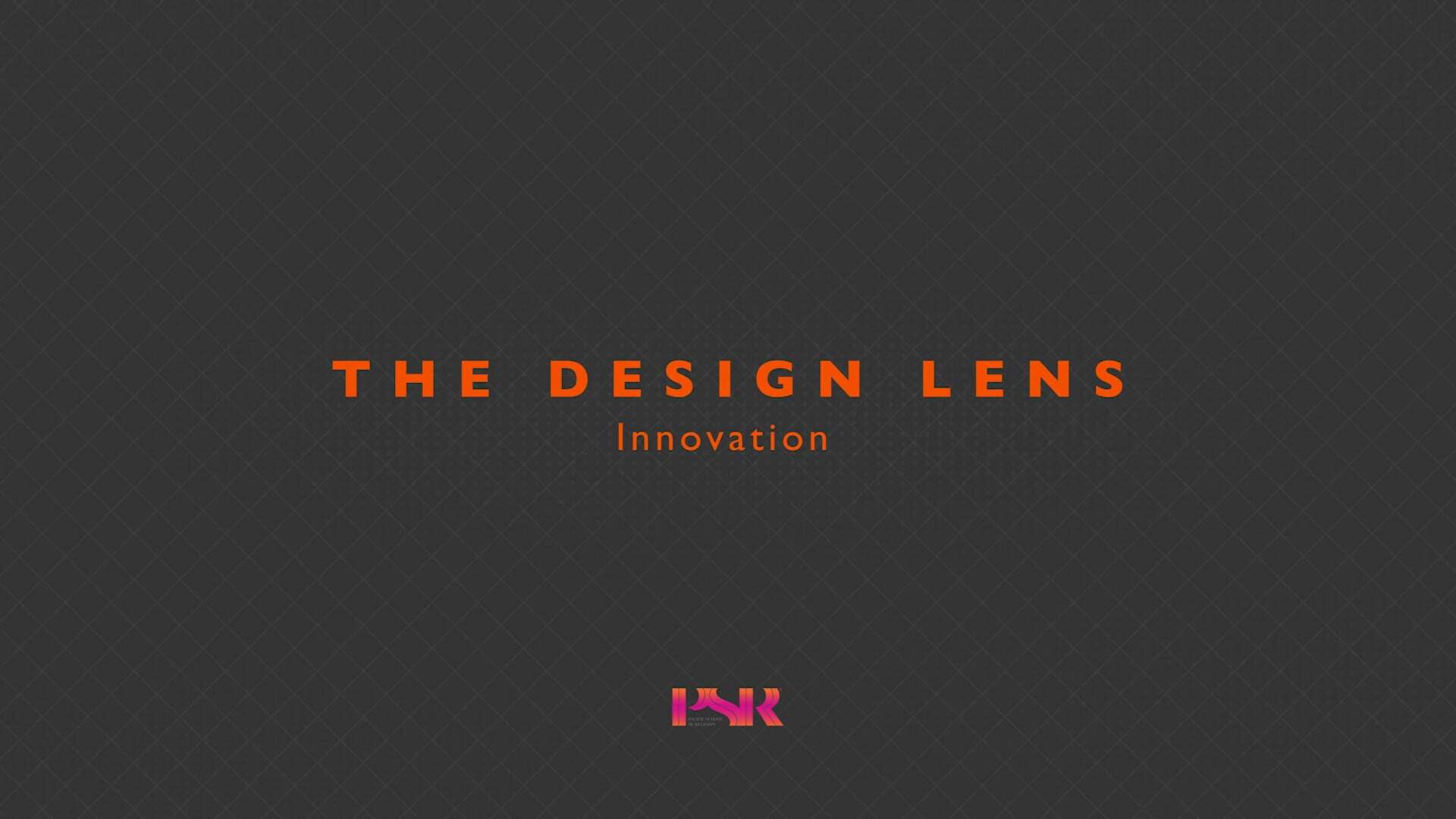 AssignmentLesson Locked
AssignmentLesson Locked -
Creative Action
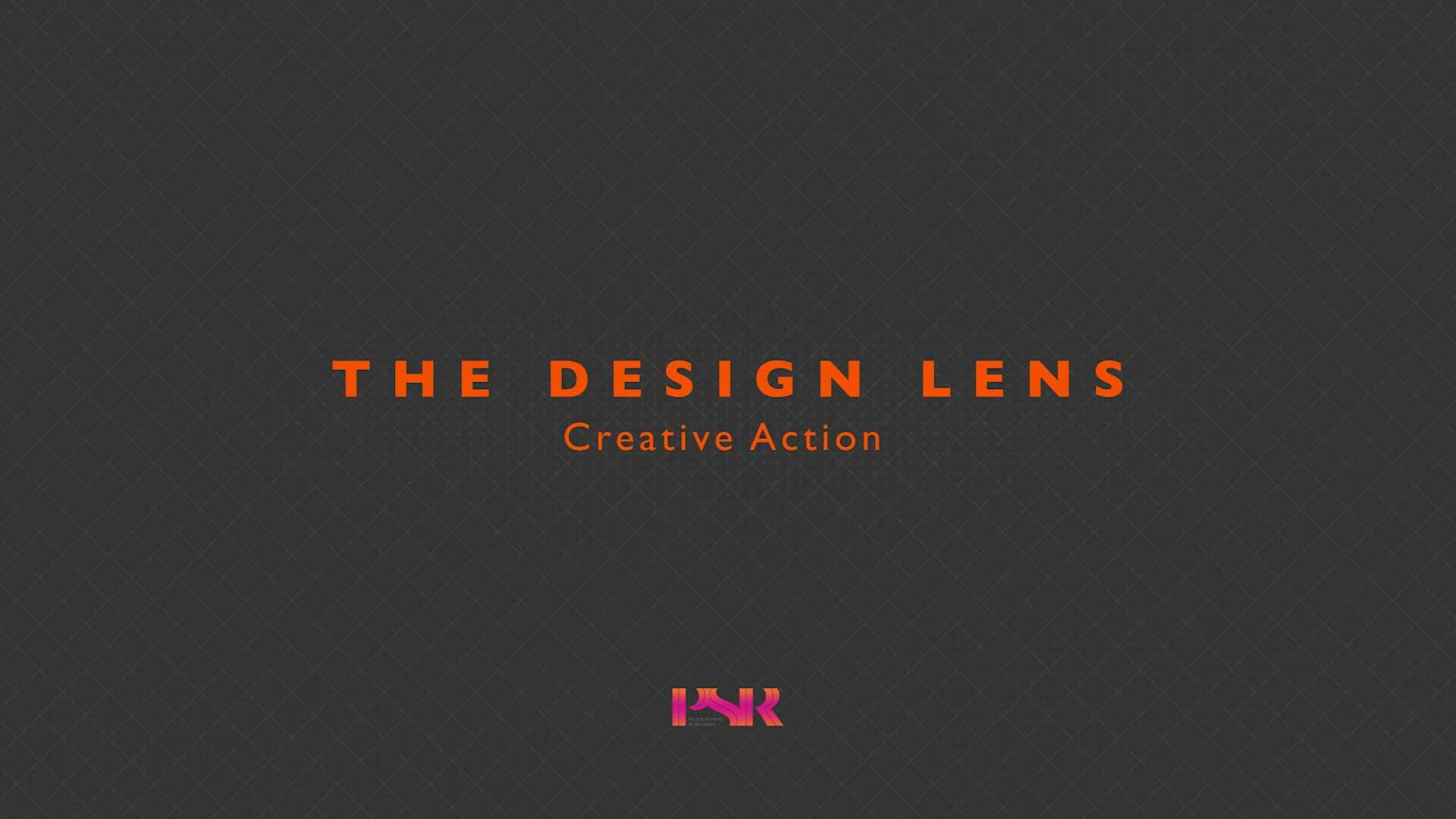 AssignmentLesson Locked
AssignmentLesson Locked -
Human-Centered Design
 AssignmentLesson Locked
AssignmentLesson Locked -
Design is a Theory of Change
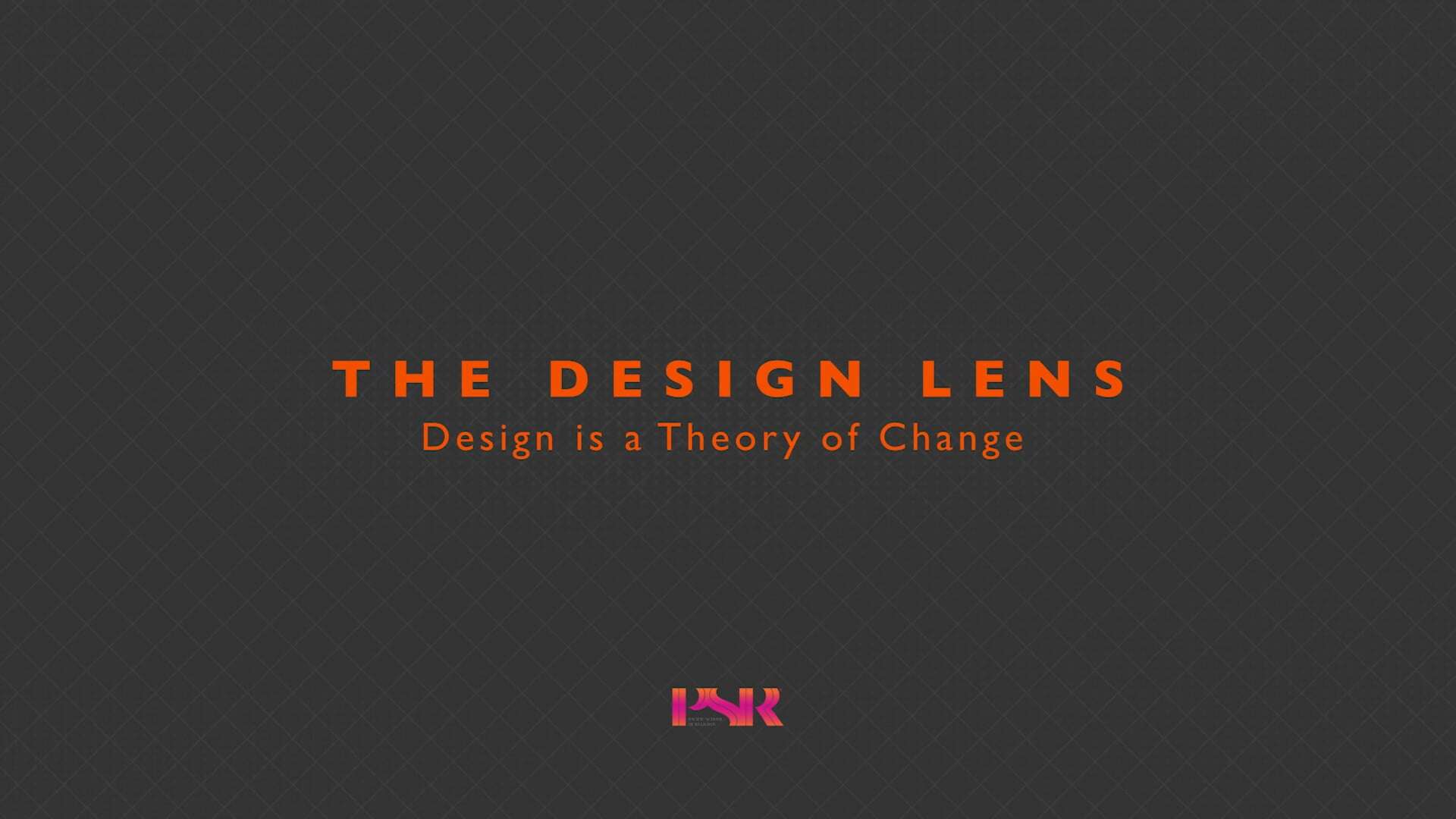 AssignmentLesson Locked
AssignmentLesson Locked -
Design Research
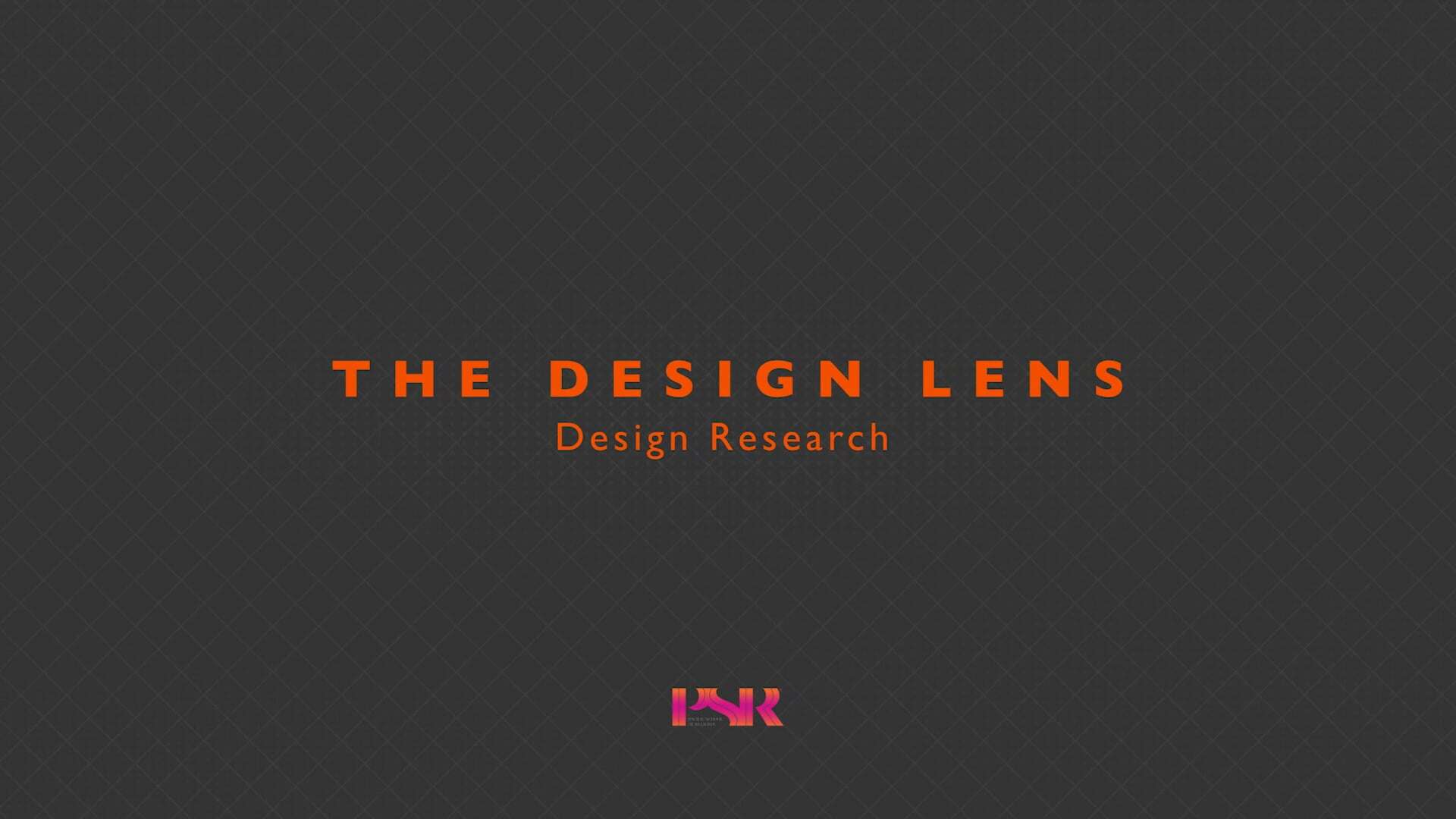 QuizLesson Locked
QuizLesson Locked -
Affordance and Social Change
 Lesson Locked
Lesson Locked -
Seeing the World Through a Design Lens
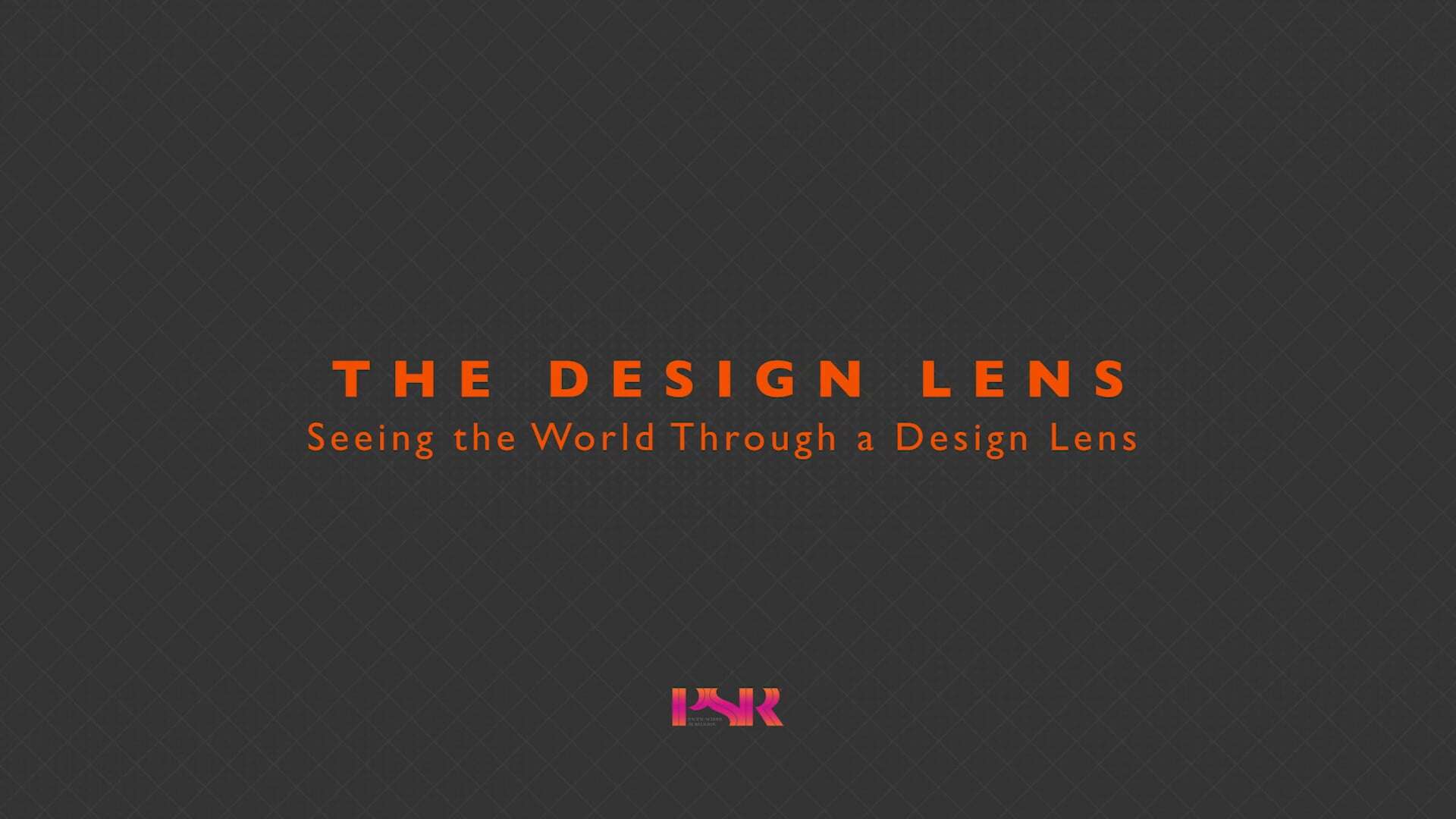 AssignmentLesson Locked
AssignmentLesson Locked -
A Historical Perspective on Design Discipline
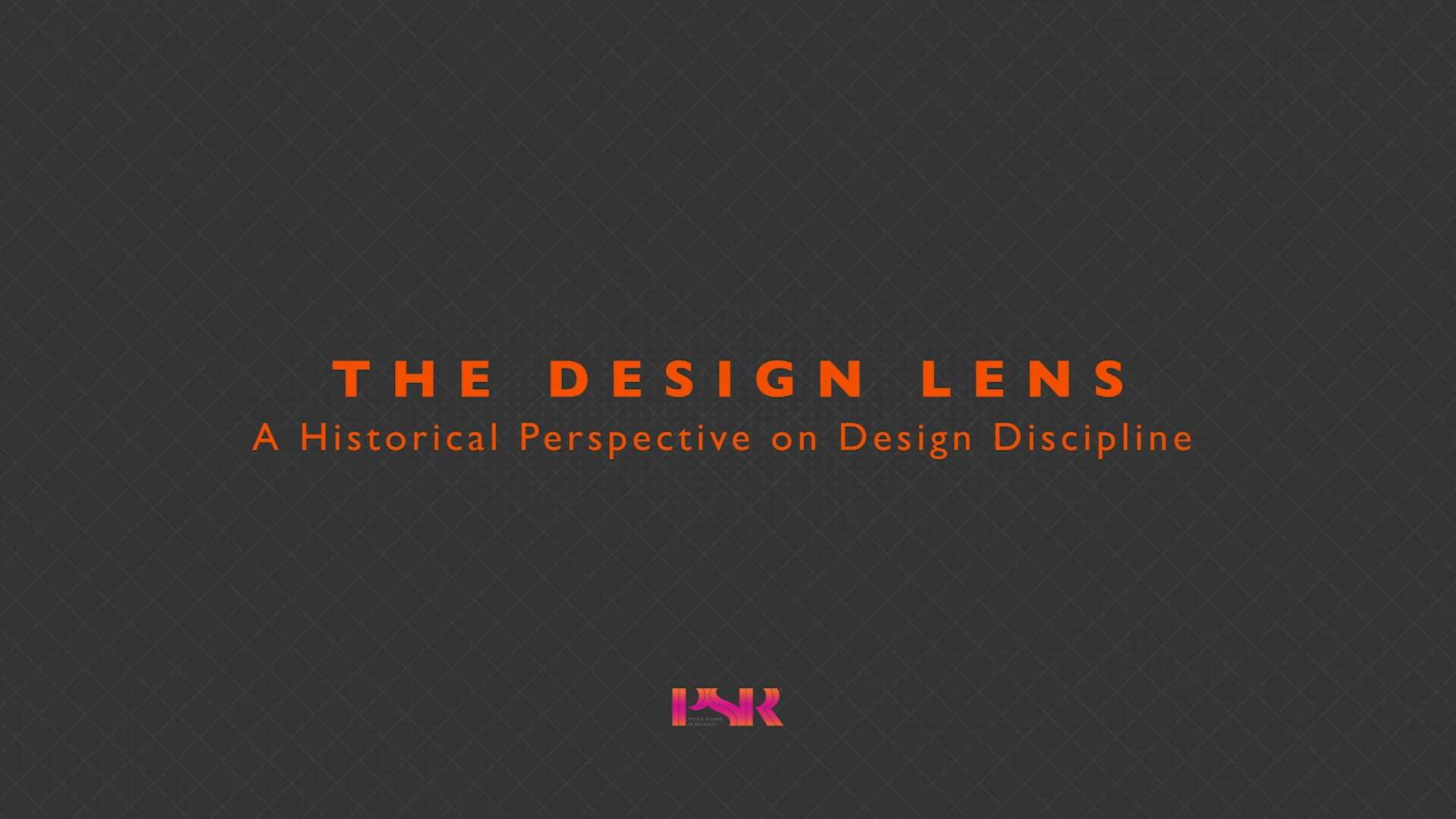 QuizLesson Locked
QuizLesson Locked -
The Origins of Design Thinking
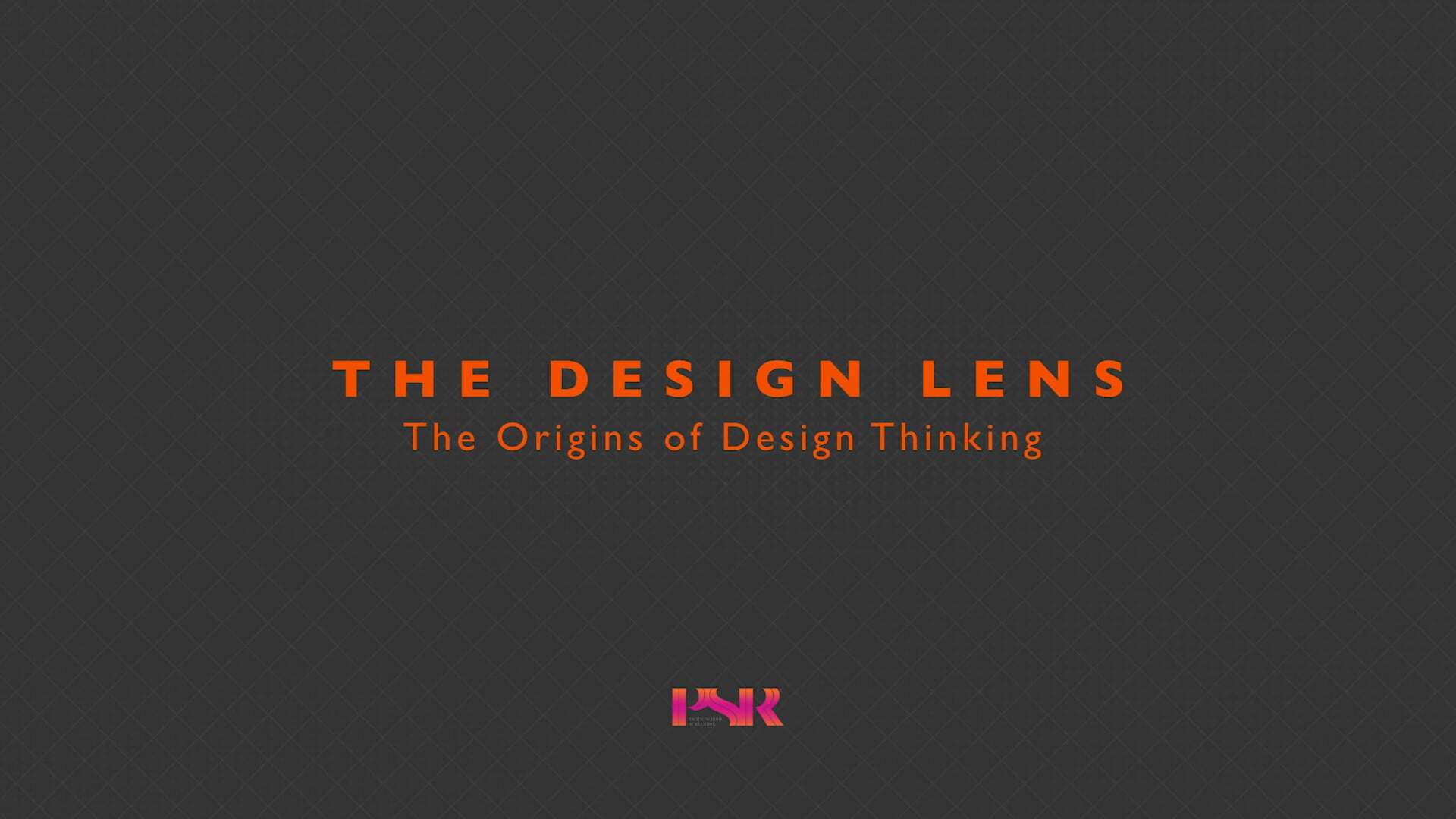 AssignmentLesson Locked
AssignmentLesson Locked -
Design Wisdom for the Spiritual Seeker
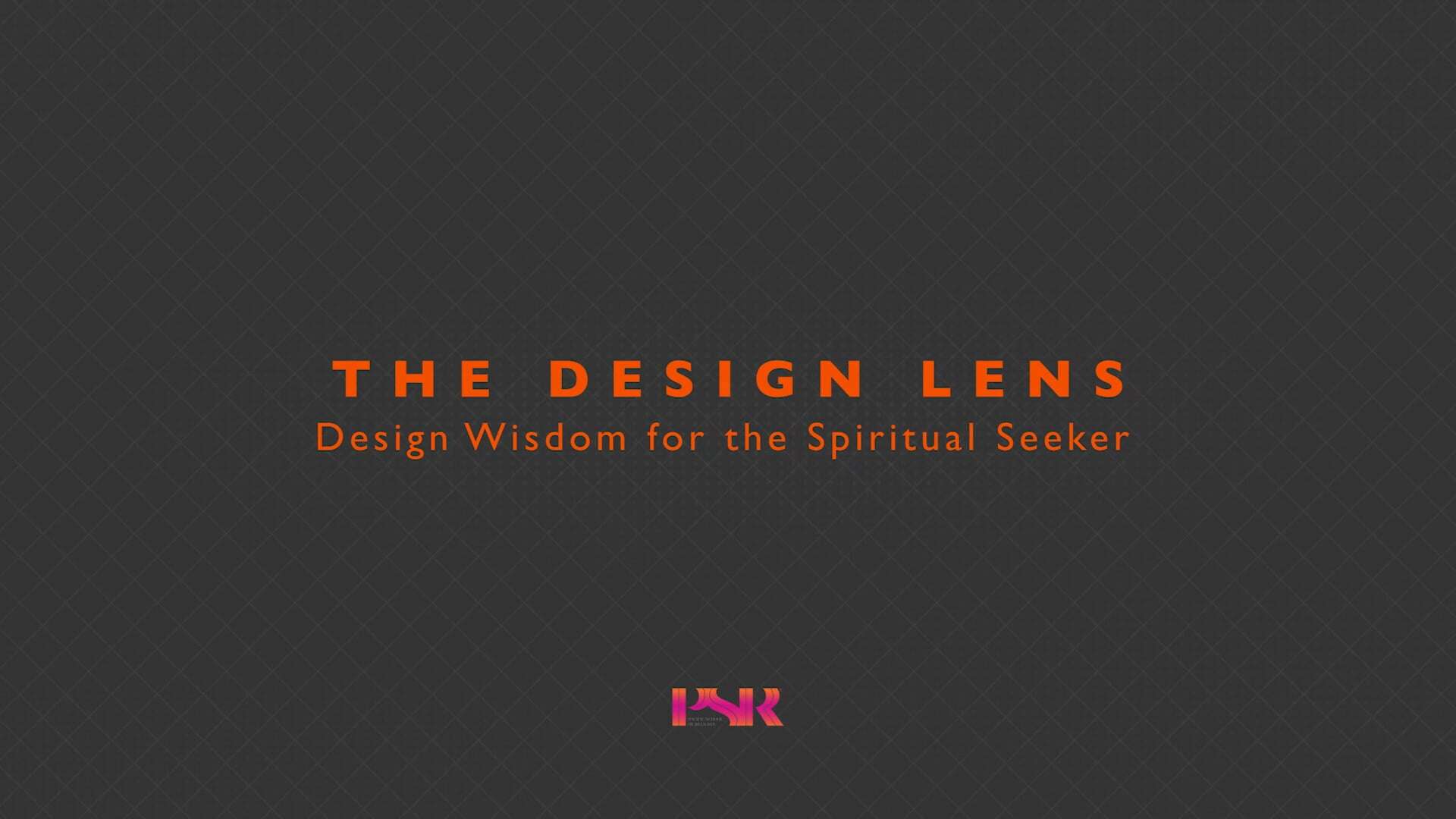 AssignmentLesson Locked
AssignmentLesson Locked -
Final Essay
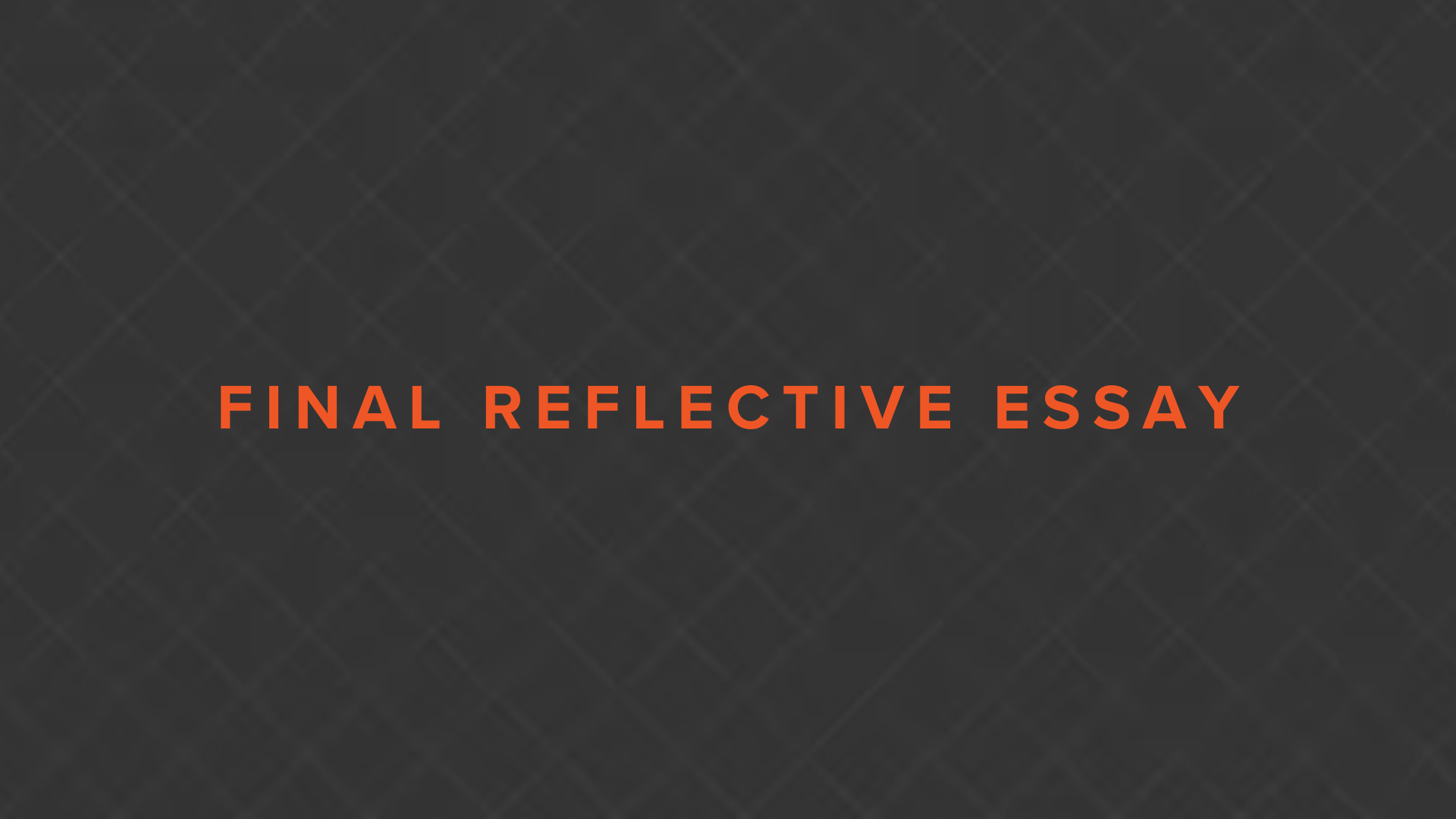 AssignmentLesson Locked
AssignmentLesson Locked
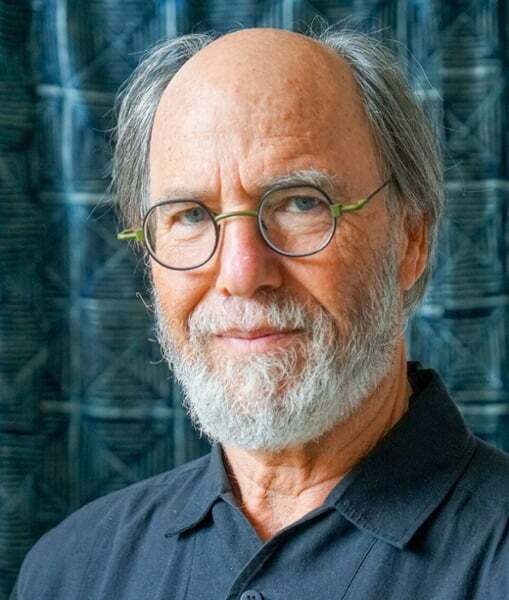
Design Thinking for Social Change 1: Design Lens
Taught by Neil Goldberg
This introductory course invites you to see the world through a design lens and is the first in the *Design Thinking for Social Change* Learning Path. Explore how human-centered design can drive equitable, beautiful solutions for social change while deepening your theological understanding of creative praxis.
This course is part of the Design Thinking for Social Change Learning Path.

Meet Your Instructor,
Neil Goldberg
Neil Goldberg, an Adjunct Professor at Pacific School of Religion, is a designer, entrepreneur, educator, and author with a passion for seeing human centered design applied with artisanal care to every kind of artifact of the human imagination – and to bring forward design as a framework for enlivened leadership. After starting his career with furniture maker Herman Miller, he brought the people centered innovation process he practiced there to Silicon Valley where he founded the design agency Praxis, and led multi-disciplinary teams developing award winning products. As an entrepreneur he founded WorkClub, the first co-working business operating on a subscription business model. He has also created ventures in digital photography, online print fulfillment and solar power.
